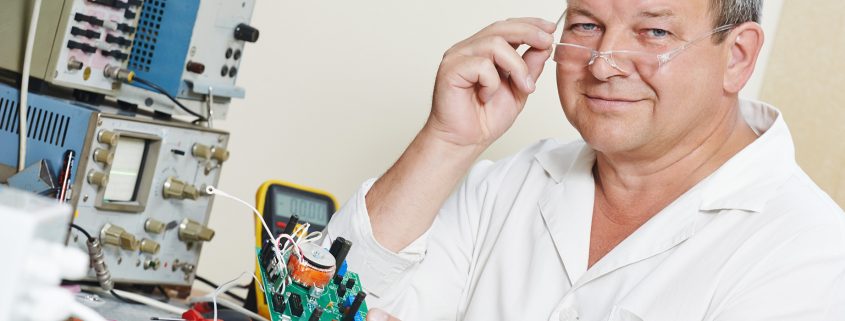Linear MicroSystems in the Medical World: What ASICs Do for Hearing Aids
Advancement is the medical world can be credited to modern technology, such as the development and integration of linear microsystems. One of the notable microsystems technologies currently is the application-specific integrated circuits (ASICs).
Definition of microsystems
In short microsystem is defined as the collection of electronic and electromechanical elements that are reduced in size using advanced machining and lithographic techniques.
Therefore, the use of microsystem architecture in many medical devices will help improve the health and well-being of millions of people around the world.
These microsystems are developed for devices for short and long periods of time, particularly in diagnostic and therapeutic applications. Additionally, these are used in devices with limited contact with the patient and in permanently implantable devices.
Analog ASICs in medical applications
A lot of reasons sit behind the use of analog ASICs in the medical field. As a matter of fact, the use of analog ASICs can simplify sensor conditioning and calibration due to the flexibility of its form factor.
For example, the medical device industry uses ASICs technology to develop devices like glucose meters, hearing aids, and pacemakers.
Among the technologies used in the medical field are the following devices:
- Deep brain stimulator
- ECD readout
- Hearing aid power management
- Lab-on-chip interface
- Li-ion battery charger
- Nerve stimulation integrated circuit
- Power management chip
- Ultrasonic TX/RX
- Wireless power/data transfer
- X-ray imaging chipset
Development of ASIC applications
Hearing aid (audio tapered pot)
To sum up, this custom ASIC device will provide 4 audio tapered trim pots for the adjustment gain and filter response of hearing aids.
Each pot has a setting stored in EEPROM and accessed through a 2-wire serial interface. In addition, unique low-voltage analog switches give a rail-to-rail input range at supply voltages of just 1.1v.
Device features
- Ultralow supply current of lesser than 1uA
- Low minimum supply voltage of 1.1v
- Audio tapered trim pots
- Resolution = 7 or 8 bits
- 2-wire serial interface
- Temperature range = 0 to +70 degrees Centigrade
- 4 independent channels
- Internal 30 Bit EEPROM
Hearing aid
This is an advance custom ASIC hearing aid that provides audio amplification and frequency response correction when mated with input and output transducers. Trim and configuration data stores in an internal EEPROM.
Moreover, it operates in a low supply current and voltage.
Device features
- Low active current
- Low minimum supply voltage of 1.5v
- Adjustable frequency response
- Adjustable gain
- Serial interface
- Internal EEPROM
- Temperature range = 0 to +70 degrees Centigrade
ASICs in hearing aids
Microsystems are particularly useful in developing power management ASIC for battery powered implanted hearing aids. The technology in ASIC will convert the power of both single and stacked ZnO2 or Li-ion batteries to turn on the audio capture chain.
This includes the ADC, a class D audio driver chain, as well as the digital audio processing. These will manage the inductive communication between the implant and the hearing aid.
In conclusion, if you find yourself interested in what other areas we work in here at Linear MicroSystems, click here!
Linear MicroSystems, Inc. is proud to offer its services worldwide as well as the surrounding areas and cities around our Headquarters in Irvine, CA: Mission Viejo, Laguna Niguel, Huntington Beach, Santa Ana, Fountain Valley, Anaheim, Orange County, Fullerton, and Los Angeles.






